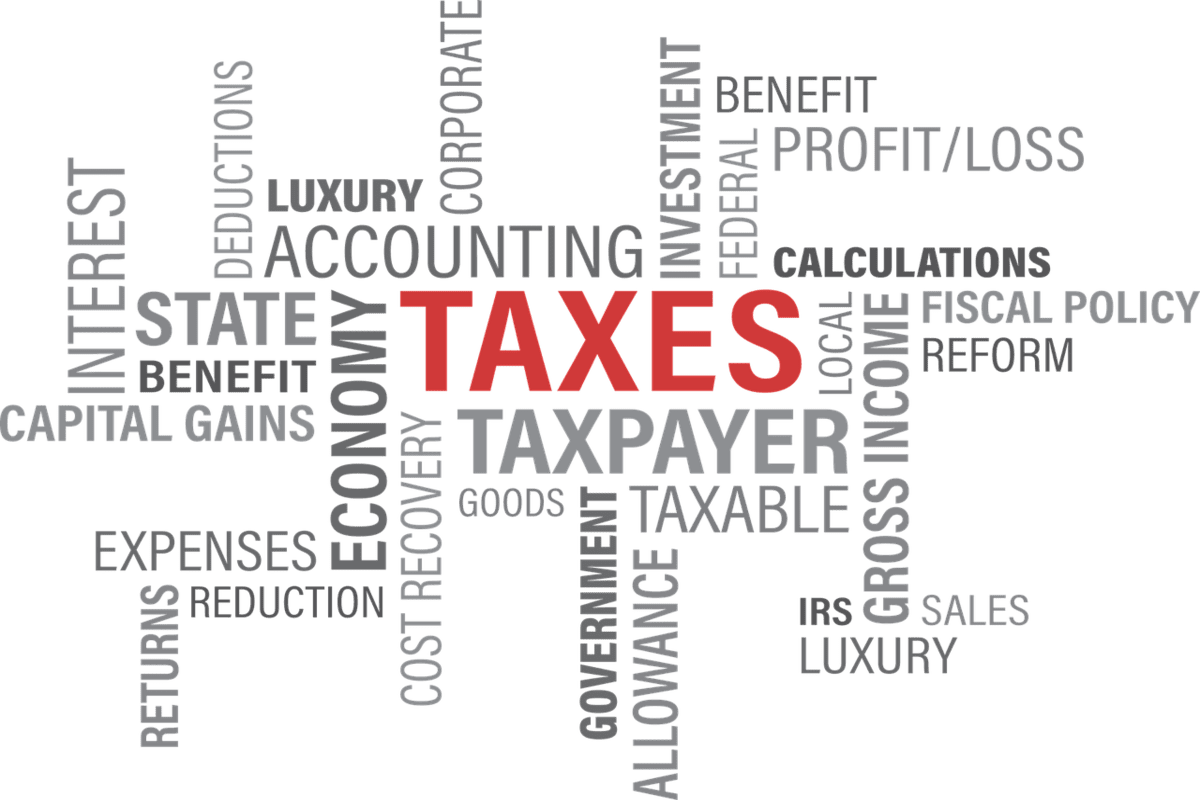Payroll tax deductions are a mounting task as they require precision. Within the hierarchy of business operations, few tasks are as crucial yet as intricate as managing payroll taxes. Payroll tax management encompasses a multitude of responsibilities, from accurately calculating taxes to ensuring compliance with ever-evolving regulations.
Any discrepancy in streamlining the payroll taxes can lead to fines and penalties from governmental regulatory bodies. This comprehensive guide aims to shed light on the intricacies of payroll tax management, providing insights and strategies to streamline processes and mitigate risks.
Understanding Payroll Tax Management
Before delving into the nuances of managing payroll taxes, it’s essential to grasp the concept of payroll taxes. Simply put, payroll taxes are taxes imposed on employers and employees based on wages and salaries. Apart from wages and salaries, some locations will also incorporate tips within this payroll tax deduction.
These taxes fund various social programs, such as Medicare, Social Security, and unemployment benefits. Some payroll taxes are paid by both employees and employers, and some are the sole responsibility of employees.
While employers are responsible for withholding and remitting payroll taxes, employees also contribute a portion of their earnings towards these programs.
So, employees do not pay these taxes directly. Rather, employers withhold them during each payroll period and pay them to the relevant department accordingly.
It is a legal obligation bestowed upon the employer to withhold the correct amount of payroll tax and remit it to the concerned governmental department.
Difference Between Income Tax and Payroll Tax
There is significant confusion when it comes to income tax and payroll tax. Those who are not well-versed in the tax consider these two identical. However, that is not the case at all.
Income tax is only paid by employees. Whereas, payroll tax is paid both by employees and employers. Another differentiating aspect is the use of these taxes. Income tax is used for the general budgetary spending of the government to run the administration.
On the contrary, payroll taxes are confined to special programs and benefits for the employees such as medicare facilities, retirement plans, and insurance plans. Therefore, income tax and payroll tax cover a different spectrum and must not be mixed up.
Types of Payroll Taxes
Unemployment insurance – Payroll Tax Management
Unemployment insurance (UI) stands as a pivotal component of social safety nets in many countries, designed to provide financial assistance to individuals who find themselves unemployed through no fault of their own.
The primary goal is to provide a financial cushion to help individuals meet their basic needs while they search for new employment opportunities.
Unemployment insurance is typically funded through a combination of employer and employee payroll taxes. Employers contribute a percentage of their payroll expenses to state or federal unemployment insurance funds, while employees may also contribute through payroll deductions in some jurisdictions.
Unemployment insurance programs are administered at the state level in the United States, with each state responsible for setting eligibility criteria, benefit amounts, and administrative procedures. The U.S. Department of Labor provides oversight and guidelines for state-level programs.
Social Security Tax
Social Security tax is a crucial component of payroll tax management in the United States. It’s designed to fund the Social Security program, which provides financial support to eligible individuals during retirement, disability, or in the event of a worker’s death.
This tax is levied on both employees and employers, with each contributing a specific percentage of the employee’s wages.
Social Security is available to most workers, providing broad coverage and ensuring that individuals have access to essential benefits.
Furthermore, it can provide financial support to the surviving family members, easing the financial burden during difficult times.
Medicare Tax – Payroll Tax Management
Medicare tax is key to health coverage for eligible individuals, primarily those aged 65 and older. This tax is crucial for funding the Medicare program, which offers essential healthcare services, including hospital care, medical insurance, and prescription drug coverage.
The primary purpose of the Medicare tax is to finance the Medicare program, which plays a critical role in providing healthcare benefits to millions of Americans, particularly the elderly and individuals with disabilities.
By imposing a tax on wages and self-employment income, the government collects revenue to sustain and expand Medicare services, ensuring access to quality healthcare for eligible individuals.
Pension Funds
Pension funds are investment pools specifically designated to provide retirement benefits to employees. These funds receive contributions from employers, employees, or both, with the aim of generating returns over time to fund future pension payments. Thus, they are crucial for payroll tax management.
The funds are typically managed by organizations in the case of private pension funds. Whereas, the state government or the federal government manages them when they are for employees working in the public sector.
Importance of Effective Payroll Tax Management
Implementing payroll taxes during each payroll cycle is very critical as it involves the monetary benefits of the employee. Careful calculation of deductions is required to ensure everything is crystal clear. Efficient payroll tax management is crucial for several reasons:
Compliance
Adhering to tax regulations prevents costly penalties and legal issues from the tax regulatory bodies. The federal government, state government, and local laws outline the compliance requirements to deduct payroll taxes.
Any miscalculation in withholding payroll taxes is bound to penalties and legal repercussions. Hence, compliance makes it necessary to have a transparent and error-free payroll tax deduction procedure.
Financial Accuracy – Payroll Tax Management
Deducting payroll taxes per the compliance policies and accurately up to the single penny marks financial accuracy. To ensure hassle-free financial operations, it is important to give due diligence to payroll taxes and their withholding per the standards.
Errors and illegal withholding can lead an employer to serious consequences. That will put the financial department of the organization in question for missing out on important information.
Employee Trust
It is a universal fact that employees are the true power behind the success of an organization. An organization is what its employees are. Therefore, accurate payroll tax management is a sure thing to win the trust of employees.
Surely, you don’t want unhappy employees to run the day-to-day affairs of your business. Timely and accurate payroll processing fosters trust and morale among employees. Hence, follow a transparent and well-organized mechanism for handling payroll taxes.
Key Components of Payroll Tax Management
Tax Calculation and Withholding
Accurately calculating and withholding payroll taxes is the cornerstone of effective tax management. This involves considering various factors such as employee wages, tax brackets, exemptions, and deductions. Payroll software can streamline this process, automatically calculating taxes based on current regulations.
Record Keeping – Payroll Tax Management
Maintaining meticulous records of payroll transactions, tax payments, and employee data is essential for compliance and auditing purposes. Cloud-based payroll systems offer secure storage and easy access to these records, facilitating seamless record-keeping.
Tax Filings and Reporting
Employers must file payroll tax returns and reports with relevant government agencies on a regular basis. These filings typically include forms such as Form 941 for federal taxes and state-specific forms for state taxes. Adhering to filing deadlines is crucial to avoid penalties and interest charges.
Compliance Monitoring
Tax laws and regulations are subject to frequent changes, necessitating vigilant monitoring to ensure compliance. Staying updated on legislative updates and regulatory changes is imperative to adapt payroll processes accordingly.
Employee Education – Payroll Tax Management
Educating employees about payroll taxes, deductions, and benefits enhances transparency and reduces confusion. Providing resources such as pay stubs and tax information can empower employees to understand their compensation package fully.
Strategies for Effective Payroll Tax Management
Utilize Payroll Software
Invest in robust payroll software that automates tax calculations, filings, and reporting. This minimizes errors and saves time, allowing payroll professionals to focus on strategic tasks.
Outsource Payroll Functions
Consider outsourcing payroll tasks to a reputable payroll service provider. Outsourcing ensures compliance expertise and relieves internal staff of administrative burdens.
Regular Training and Education Payroll Tax Management
Provide ongoing training for payroll staff to stay abreast of regulatory changes and best practices. Continuous education fosters competence and confidence in payroll tax management.
Perform Regular Audits
Conduct periodic audits of payroll processes and records to identify discrepancies and mitigate risks. Internal audits help ensure accuracy and compliance with tax laws for a perfect payroll tax management procedure.
Seek Professional Guidance
Consult with tax professionals or legal experts to navigate complex tax issues and mitigate compliance risks. Professional advice can provide valuable insights and safeguard against costly errors.
Conclusion
Effective payroll tax management is indispensable for businesses of all sizes. By understanding the intricacies of payroll taxes, implementing efficient processes, and staying abreast of regulatory changes, organizations can ensure compliance, minimize risks, and foster trust among employees.
Embracing technology, outsourcing when necessary, and investing in staff training are essential steps toward achieving seamless payroll tax management. By adopting these strategies, businesses can navigate the complexities of payroll taxes with confidence and efficiency.





